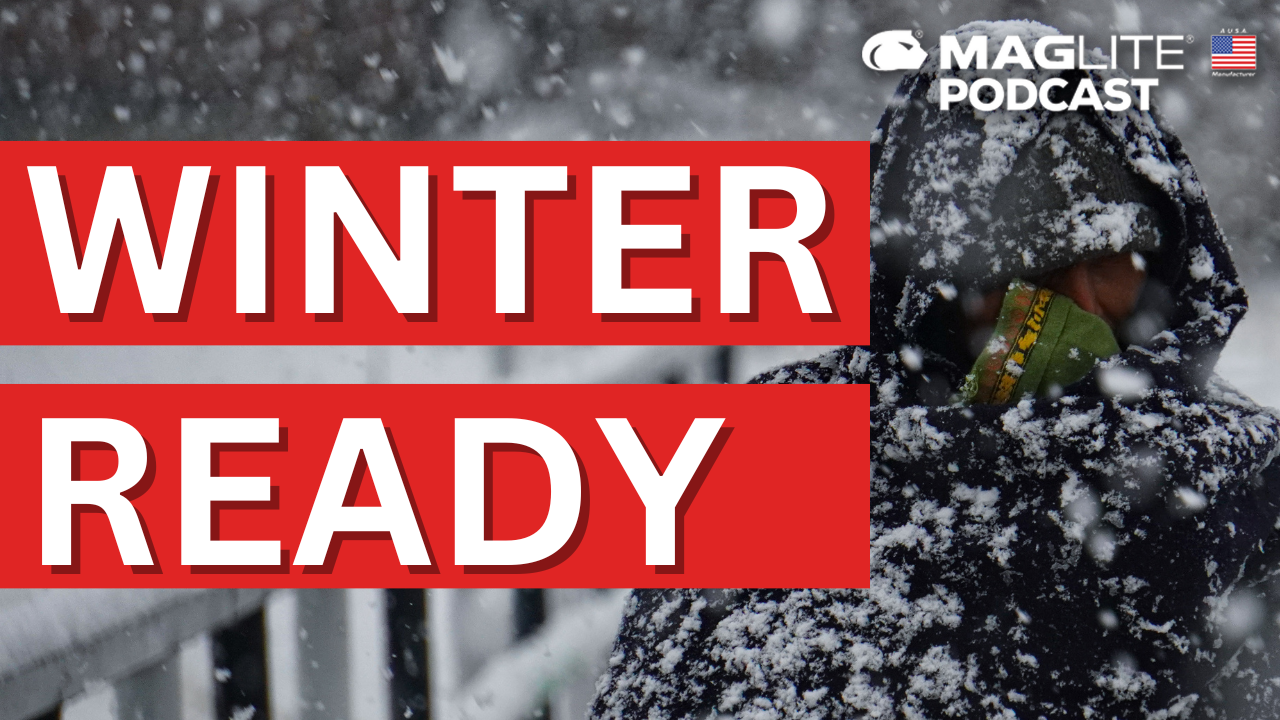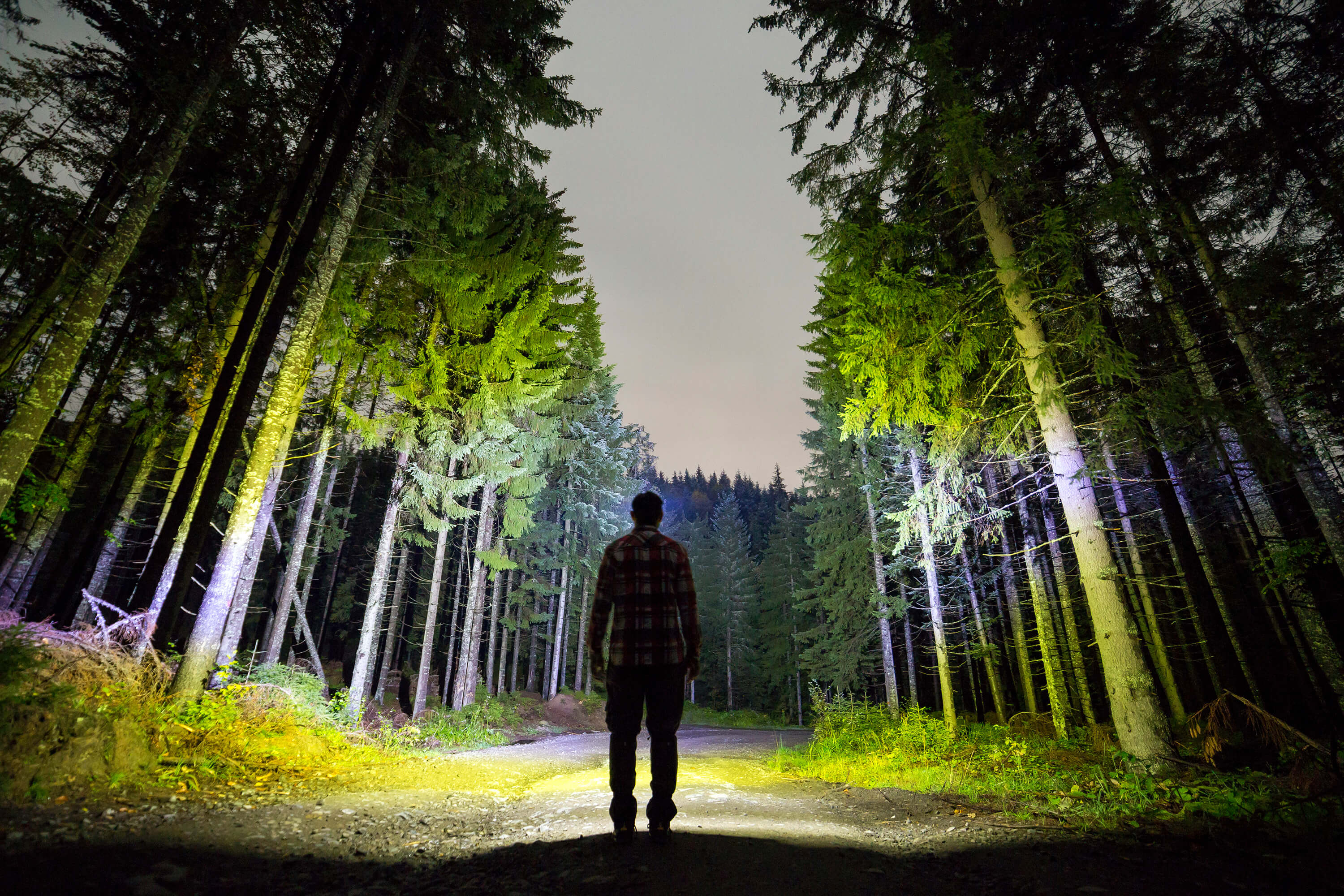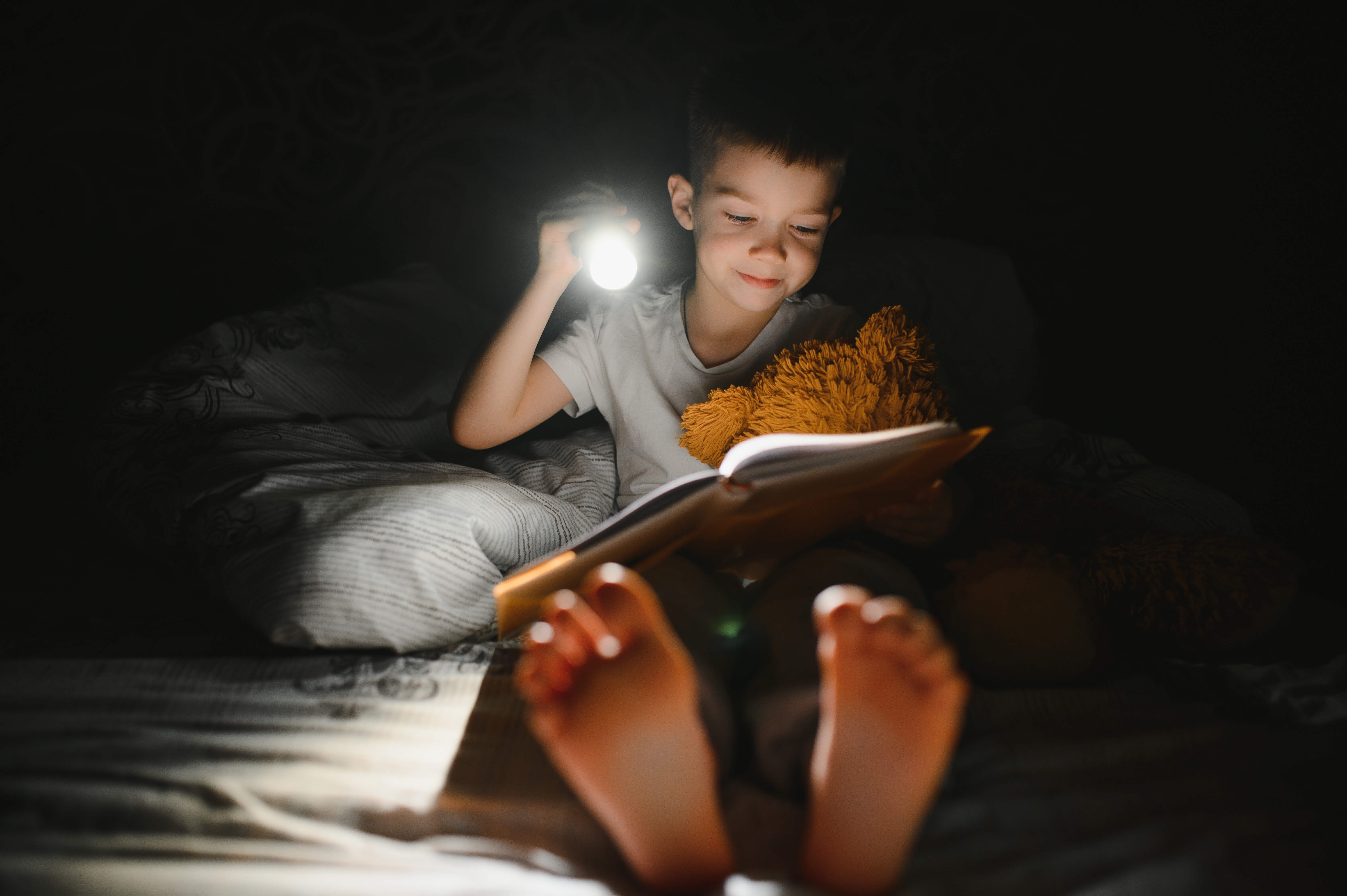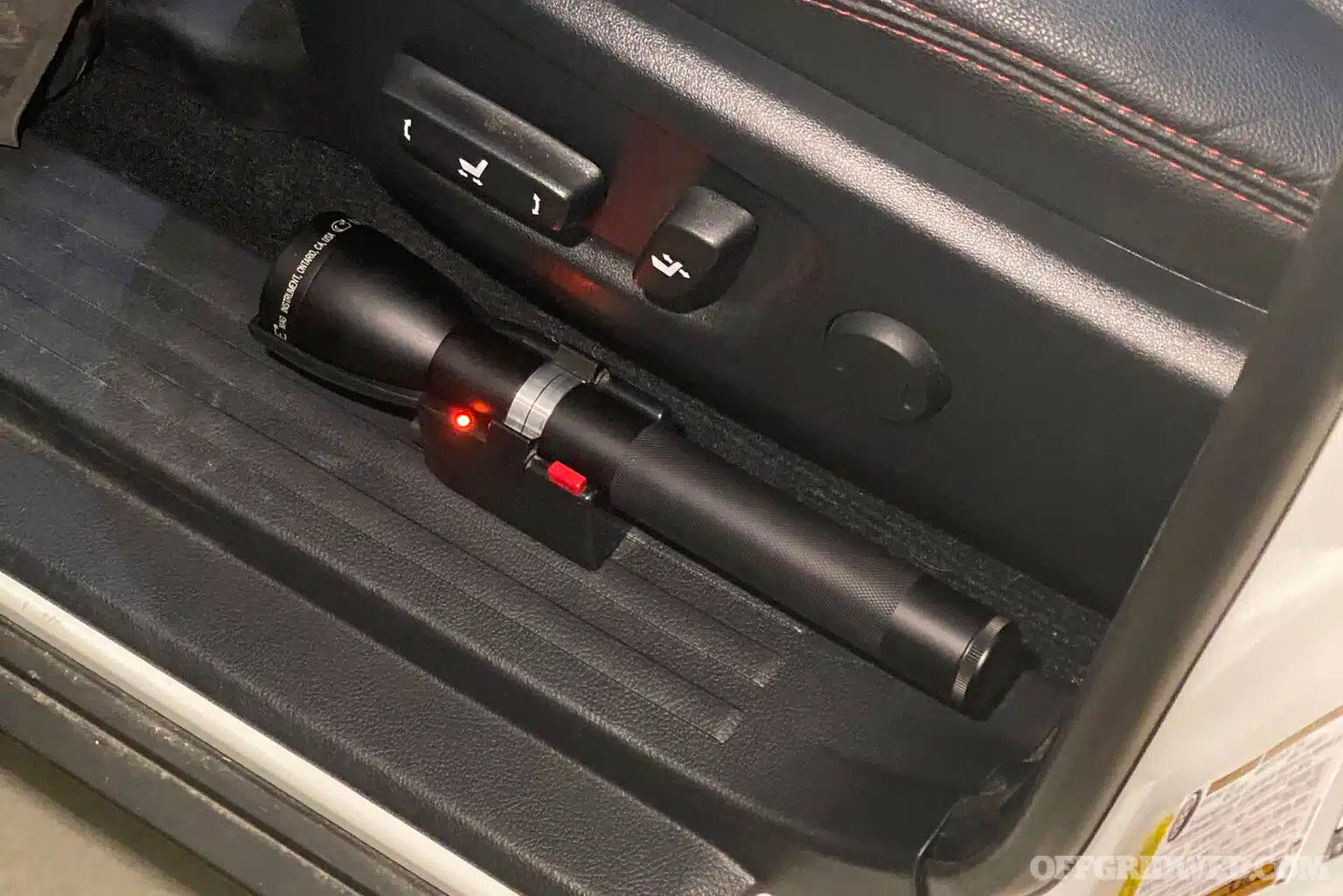Podcasts
Hurricane Preparedness Tips for 2022
With hurricane season upon us, we look at ways to prepare your family with practical tips with Haskell Moore (author of Hurricane Preparedness For The Home And Family). In this interview, we discuss use cases for various flashlight models that include threat identification, damage assessment, and signaling for help. Transcript: Maglite: Welcome to another edition of the Maglite podcast. The man who wrote the book on preparedness, Haskel Moore, joins us again Haskel. It's been a really kind of slow storm season for 2022. Not that I'm complaining, <laugh>, unfortunately, there are a lot of areas that are suffering drought, Southern California, Nevada, Colorado, and other places like Texas, where there isn't getting enough rain. And of course, now you have Texas in certain places getting too much rain. Isn't that a story about rain, You know, there it's either not enough or too much. Um, so why are we off to such a slow start in 2022? Haskell: Well, there are a couple of factors that come into play as far as the, uh, uh, Atlantic hurricane season, one of which is wind shear. Uh, we've seen an inordinate amount of wind shear this year, uh, that, uh, you would normally not expect during a La Niña season, and we've seen a lot of Saharan dust that carried over into August when that's usually done, uh, I start to say done and dusted. Uh, it's usually done by the, uh, when you get into the August timeframe. So those two factors have contributed significantly to a slow start to the season. Maglite: Do you expect, or is this a reason to believe that the rest of the storm season in 2022 will be slow? Haskell: Well, not if you believe the National Hurricane Center. Okay. Right now they are, uh, predicting a 60% chance of an above-average season. They're calling for 14 to 20 named storms, six to hit 10 hurricanes, and three to five major hurricanes. And Colorado State University is actually calling for 18 named storms, made hurricanes, and four major hurricanes. Uh, the average season is 14 named storms, seven hurricanes, and three major. That is cat three or above hurricanes. So, no, that this is, uh, even though, and I think part of that is because we've been in what they call a hurricane drought. We haven't seen a hurricane in the Atlantic Basin for over 300 days, but I think that we're on the cusp of seeing that change. We're starting to see some, uh, activity out there. The dust has settled down, wind shear has settled down. The water is hot. So I think we're, we're in for a storm this year somewhere in the U.S. Maglite: So if we're in for a storm or storms, what do people do to get prepared? Haskell: Well, you know, we, uh, uh, this is a Maglite podcast, so it's the foregone conclusion. We're gonna talk about a Mag. Uh, one of the first things you need to do is order this flashlight. This is the Maglite ML300L four-D LED, a long-running flashlight that produces over a thousand lumens of light. Uh, it is excellent for, uh, inspecting your home after a storm to see where the damage is, especially on the roof. It's great for watching, for rising water, and looking for other hazards. And it's really great for signaling for help. You know, if, if you're out in a typical after hurricane situation, and I look, grew up in the Houston, Texas area, so, uh, I've seen several of those, and it's almost a foregone conclusion after a, a hurricane. Uh, you can count on the power being out. This allows you to signal at night when there's no other ambient light. Uh, if you're in your home sitting on top of your car, a light like this can be a lifesaver. It's water resistant, it's rugged, and it's reliable. And of course, Maglite is manufactured here in the United States. Maglite: So your rule of two though is don't just have one of anything. Right. So Yeah, absolutely. You have that one full-size Maglite. Maybe you want a smaller one that's like the pocket size. Haskell: Right. Well, I also have this one, uh, this is a, uh, two-cell ML300L and then over here I have the, one of my favorite pocket lights is the XL50. Uh, I had not seen this light until recently, uh, a few years ago. And I started carrying this thing, and this is my EDC light every day carry, uh, runs on three AAA cells that don't use the expensive big CR 2032 or, uh, which can be hard to find three. Yeah. Maglite: In Haskell: A storm situation. Yeah, absolutely. You want Maglite: Something common. Haskell: This is a fantastic light, a lot of light on high, and you can cut the thing down to a lower level and it'll last over, uh, I believe 20 hours plus on low mode. And then, yeah, so Maglite: You, we wanna have a couple of different choices, obviously, water, food, medicine, and medical supplies, but also you get, need a source of light and your cell phone is not it, especially in an emergency situation when the power goes out, the last thing you wanna do is use a battery on your cell phone as a flashlight. Haskell: Absolutely Maglite: Doesn't. Very effective as a flashlight either. All right. Haskell Moore literally wrote the book, Hurricane Preparedness for Home and Family. Uh, he is a great Maglite contributor. We are glad to have him here on the Maglite podcast, and we thank him for his time. Haskell: Thank you.
Learn moreThe Best Emergency Preparedness Flashlights of 2022 with Haskell L. Moore
In this week’s Maglite podcast, we speak to Haskell L. Moore, the author of Hurricane Preparedness for the Home and Family, as he discusses his top picks for emergency preparedness flashlight options. Haskell has tested hundreds of lights and the Maglite ML300L is the clear winner. Transcript Maglite: So welcome again to the Mag Light Podcast, or for the first time, if you've never been here before, this is a very important book, whether you live in a hurricane area or not. Hurricane Preparedness for the Home and Family. Uh, you see that name right there? Haskel Moore, the author. Yeah. Well, um, that's this guy joining us here on the Mag Light Podcast. We're all about preparedness, being ready just in case the worst happens. And boy, Haskel literally wrote the book on preparedness. How many years have you worked on this in this field, Haskell? Haskell Moore: Oh, I started on disaster preparedness back in 1999 and started, uh, focusing on hurricane preparedness in 2005. Maglite: Gotcha. Of course, you live in Texas where you get monsoon-type rain as well, which by the way is happening right now, right? In a couple of areas of Texas. Haskell Moore: Yeah. Yeah. Dallas is, is getting hit. The Dallas area, uh, was hit rather hard. I haven't checked on the weather today, but, uh, they picked up in excess of 10 or 12 inches in, uh, like 24 hours in some areas. And in South Texas yesterday they got hammered really bad. They picked up I think five or six inches in several areas as well. Maglite: What makes fast-running water so dangerous? Haskell Moore: Well, um, people underestimate the power of fast-running water. Uh, it's incredible. Just a few inches of water can sweep you off your feet. Uh, maybe not even as much as a foot can sweep a vehicle off into a stream, a lake, a river, or a deep ditch. I've seen that happen with my own eyes. And people think because they're driving one of these big pickup trucks with giant tires on it, what they don't realize is those things are just flotation devices to the water. So, uh, people underestimating the water, how powerful it is and how quickly they can get in trouble. Maglite: Yeah. And there are things like down power lines in the water. You can be electrocuted. There's, um, yucky stuff in the water because the sewer system is being washed out. Uh, there are chemicals in the water because it's runoff from fields or a plant that has been overrun with water. So there are all kinds of bad things that can happen. Yeah. When you've got too much water, right? Haskell Moore: Yeah. As a matter of fact, um, 89% of the direct cause deaths from hurricanes are due to water, either flooding or in some cases blunt force trauma, uh, from people being, uh, slammed around into trees and things like that. So the vast majority of the direct cause of death from a hurricane, water storm surge is the biggest of those. Maglite: And of course, excuse me, um, when the water gets high, the power goes out. Haskell Moore: That's the usual case. Uh, they actually, in the, um, uh, at the power stations, at the substations, actually, they have sensors there. And when they reach a certain level of what they call leakage, uh, when they're bleeding off, uh, a certain degree of power, then the power shuts down. Hopefully, it does. Otherwise, you have what we had during Harvey where we had several electrocutions, but yeah, when the water comes up, uh, you better hope the power goes off. Maglite: And then when the power goes off, you have what's called nighttime, Haskell Moore: Right? Maglite: That happens every day no matter what. It does get dark at some point, and then you need a source of light. Haskell Moore: Absolutely. Maglite: You have plenty on your desk there, by the way. Haskell Moore: Right? These are, uh, actually just a small sampling of the, uh, over 200 flashlights that I have tested in the last couple of years. Uh, everything from cheap dollar store lights all the way up to, uh, I had one light that I recently sold. I paid $450 for it. Uh, so I've tested the whole gamut. I didn't go out and just get, uh, cheap dollar store flashlights. I tested everything from some of the very top makers and I ended up selecting this one. Uh, I'll let you tell the audience what this is if you want to. Maglite: Is that the Maglite ML300L? Haskell Moore: No other. Maglite: Na. So that is the ultimate disaster preparedness flashlight on eco mode for the last two weeks. Continuous use for two weeks continuous use on eco mode. So if you have a long-term disaster, this is the kind of light that you're gonna need. It throws more than a thousand lumens at full power. Popular Mechanics said it is the last flashlight you'll ever need to buy. And by the way, it can put a useful piece of light, a beam of light on something a quarter of a mile away. So for signaling, uh, if you wanna put it on flash mode, on strobe, uh, it's gonna have enough power. You're gonna get noticed. And by the way, it'll last a really long time, uh, because you don't need more than 60 lumens or so in an enclosed space, right, Haskell? Haskell Moore: Uh, yeah, absolutely. As a matter of fact, I, uh, I did a test recently and I had a light that only put out three lumens of light, and it was sufficient for moving around the house, seeing where you're going. And that's extremely important during a power outage. Uh, people don't realize it, but you can get hurt really badly in your own home, uh, during a power outage situation. Uh, I had a friend tell me about his wife who tripped over a dog toy after the power outage of Hurricane Ike and ended up falling, breaking her wrist in her arm. And that's a bad thing. On a good day, much less when you can't get to a hospital. Maglite: And when you live rural like me, there is no source of ambient light. So if it's a cloudy night or there's very little moon or no moon, or it's behind the trees or whatever it is, it's so damn dark you can't see a foot in front of your face, honestly. Right. Uh, so, and there you can also put that attachment on there and make it, uh, good for signaling as well. Absolutely. Like how that looks. All right. House school Moore, we try to keep these to five or six minutes, uh, because I have a really short attention span. <laugh>. So Lou Desmond here, Mag PR Director. This has been the Mag podcast. We're gonna bring Haskell back for one more right after this. We're to talk about storm season this year and why it's been so light and what to expect.
Learn more






